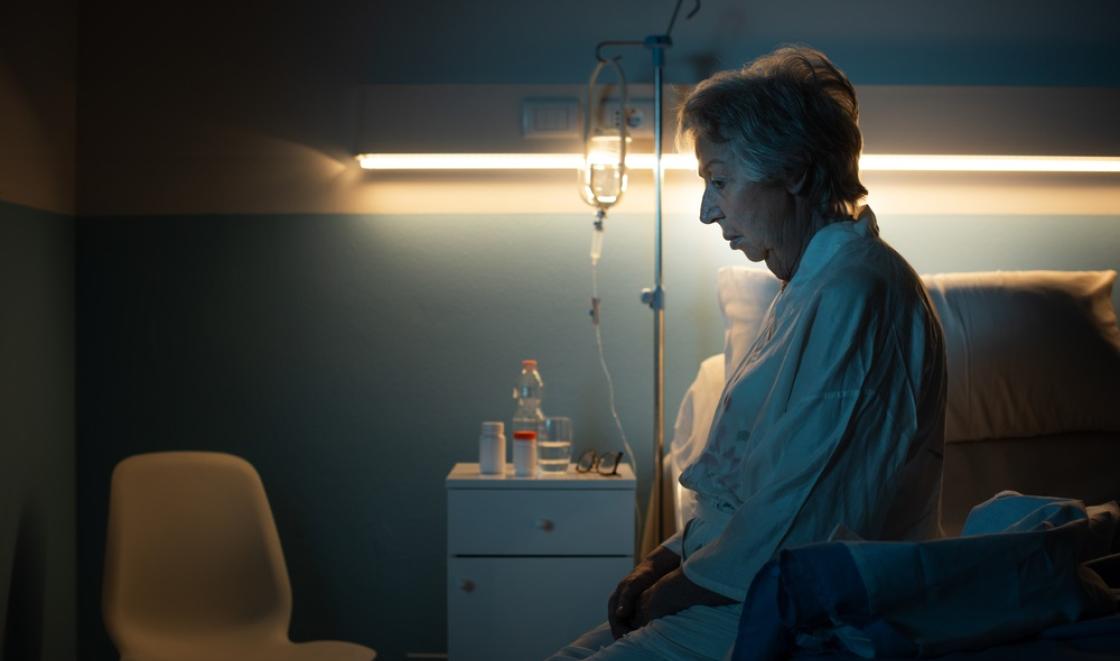There are also some articles on how failure by patients or professionals to follow good practice has led to problems which could be fixed with more effort, confidence or dealing with unrecognised fears or urges: and at times this is indeed true. Occasionally the effects of individual prejudice or organisational cultures promoting discrimination are explored – and goodness knows these can be serious problems.
Such work is often improved by input from public contributors. Yet sometimes this focuses on slightly reshaping aspects of a study the direction of which has already been set. Even lived experience researchers may feel under pressure not to stray too far from whatever is “mainstream” in their field of work.
At times too, what people want from being involved in research is understandably clear-cut. For instance, they may want fewer people with a similar condition or risk factors to theirs to be harmed by medication side effects or neglect in care settings. Or they may have experienced wonderful treatment for a particular problem and would like others to have the same opportunity. But there is a risk that overall, because of social norms, research culture, wishful thinking or hype, what is perplexing or disturbing, yet important, may be sidestepped.
In a song popular when I was a child, by Frankie Valli and the Four Seasons, a lover pleads with his beloved not to choose his smooth-tongued but untrustworthy rival instead. “If the day could last forever”, illusion could be held on to, but he urges (probably) her to trust her own awareness, during “The night”, that this would be a mistake. Where research is guided, in part, by questions arising from the challenges, uncertainties, upsetting or unruly thoughts and feelings which can arise at odd hours, it can be enriched greatly, even if such work uncovers what is uncomfortable and cannot always be readily fixed.
Night thoughts: insights and reflection to deepen research
I invite you to imagine some night-time scenes. Perhaps a patient on a trolley in a corridor is waiting for pain relief, after an overstretched nurse has had to rush to an emergency elsewhere in the hospital. A care home resident with long-Covid, still trying to make sense of what happened, may dream of friends who did not survive. Someone sleepless at home may be afraid to call the mental health out-of-hours service again in case she is seen as a nuisance, while anyway there may be no one available to listen. Without enough money for a minicab, a person who has just learnt that his father is critically ill may be trying to figure out how to get to the bedside, if there is no night bus.
At home an increasingly frail older person, whose social care assessment was delayed, may be struggling to get to the toilet and back without falling. A mother may be listening out in case her child has another asthma attack and wondering what might persuade the landlord to get rid of the mould on the walls. In an understaffed prison, a resident racked by trauma, addiction and guilt at his own actions may be dreading yet another day of boredom with moments of brutality. A youth project volunteer in, and from, a community facing multiple disadvantage may replay in her head scenes from the past day and worry if she did enough to keep a service user safe.
